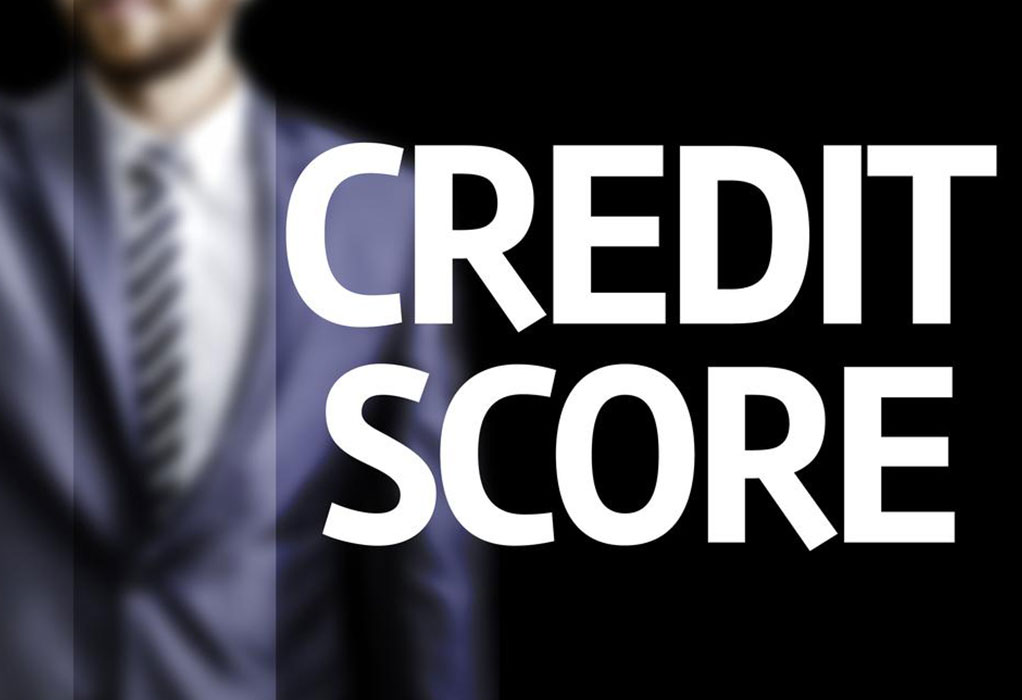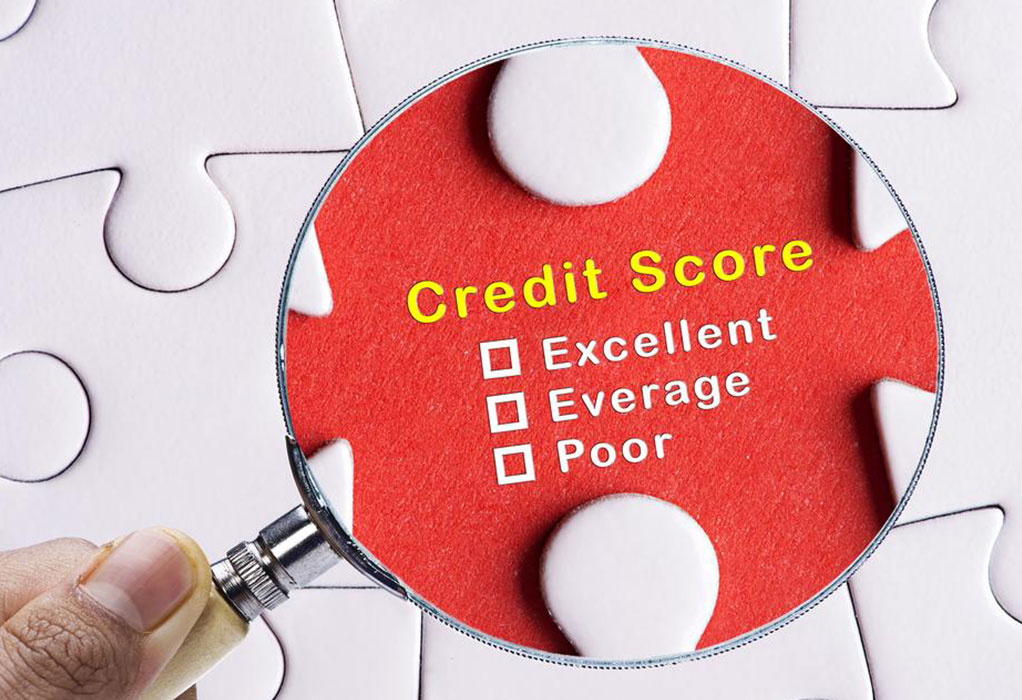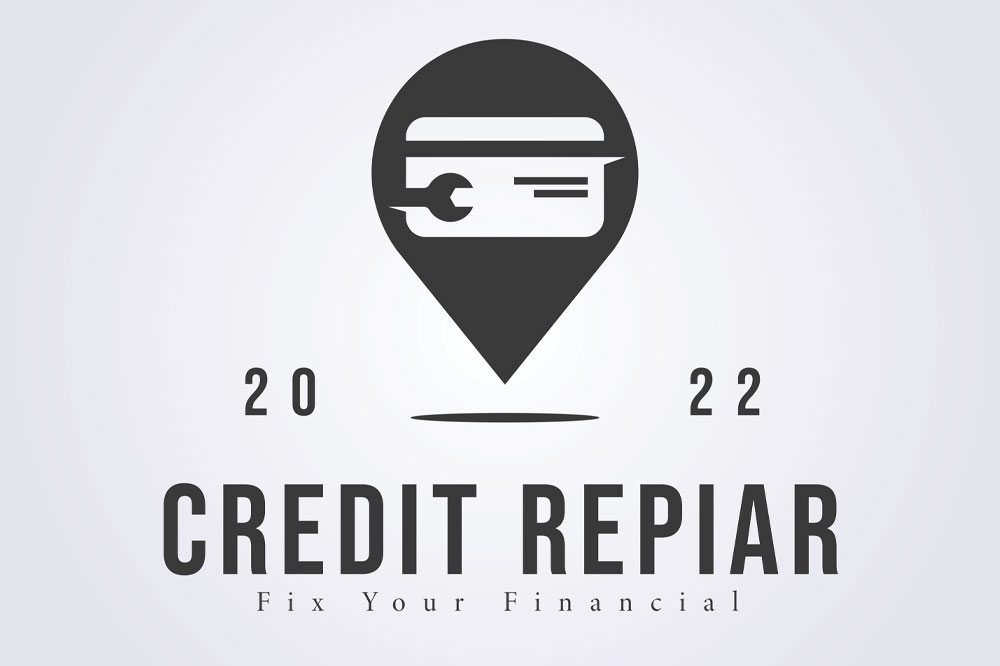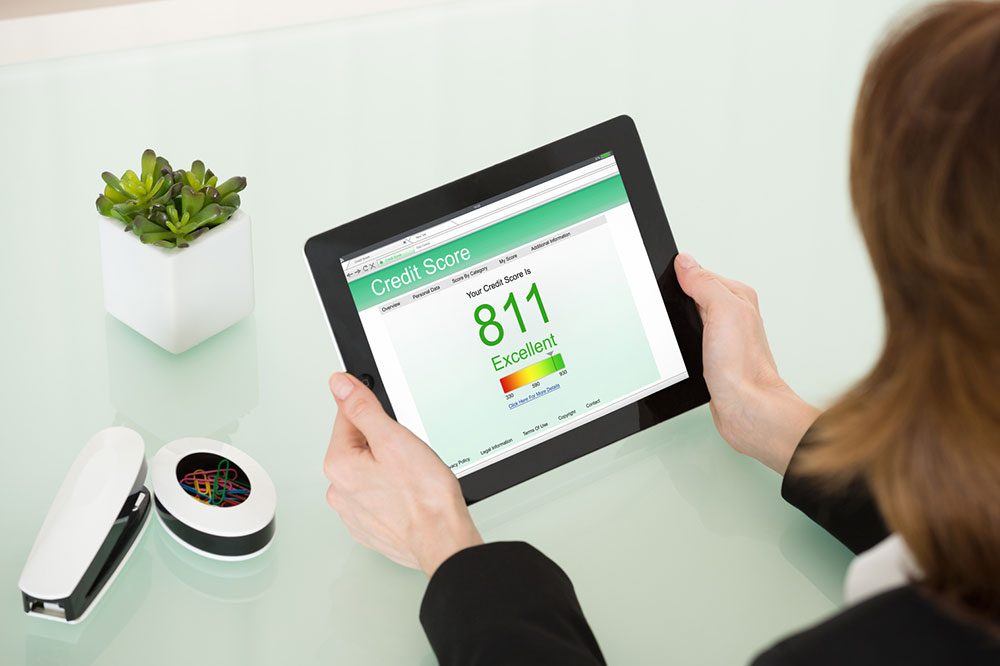Understanding Various Types of Credit Scoring Systems
This article explores different types of credit scores used in the US, including FICO, VantageScore, and others. It explains how these scores are calculated, their ranges, and their applications in lending, insurance, and employment. Understanding these scores can help consumers improve their creditworthiness and make informed financial decisions. The article highlights the significance of credit scores in various financial sectors and provides practical insights for borrowers and lenders alike.

Understanding Various Types of Credit Scoring Systems
Credit scores are numerical indicators used by lenders in the United States to evaluate a borrower’s financial reliability. A high score suggests a strong likelihood of timely repayment, aiding lenders in assessing risk before issuing credit. These scores, along with credit reports and other information like income and employment details, are essential in lending decisions. Beyond loans, credit scores influence insurance premiums, employment screening, rental approvals, and more. Over the years, specialized scoring models have emerged, tailored for different financial assessments, making understanding these scores vital for consumers and lenders alike.
Historically, in the 1990s, specialized scores by credit bureaus helped insurers gauge risk, with higher scores correlating to fewer claims. In 2009, TransUnion testified about using credit reports for employment screening. Different bureaus generate varying scores based on their methods, evaluating factors like payment history, debt levels, credit age, types of credit used, and recent credit inquiries.
The primary credit scoring models include:
FICO Score: Introduced in 1989 by Fair Isaac Corporation, FICO scores are the most prevalent in financial institutions. Ranging from 300 to 850, these scores reflect creditworthiness based on factors such as payment history (35%), debt levels (30%), credit age (15%), types of credit (10%), and recent inquiries (10%). Variations like the NextGen Risk Score (150–950) measure risk with a broader scale. Educative scores from Experian and Equifax are also available, often used for internal purposes.
VantageScore: Developed collaboratively by major credit bureaus in 2006 to compete with FICO. The latest version, 3.0, scores from 300 to 850. It aims to provide a consistent measure across agencies, emphasizing recent credit activity.
Other Scoring Models: Additional scores include CE Score, used by lenders, ranging from 350–850, and SBSS Score (0–300), focusing on small business credit evaluation. Various non-FICO scores like TransRisk and Experian’s Scorex are tailored for specific purposes. Consumers also encounter scores from sites like Credit Karma, Credit Sesame, and LexisNexis, which offer free or paid credit assessments, though these are not always used by lenders.
Note: Our content aims to provide insightful and practical information across financial topics. While useful for understanding credit scores, it should not replace professional financial advice or comprehensive research, as data discrepancies and new scoring models are common in the industry.










